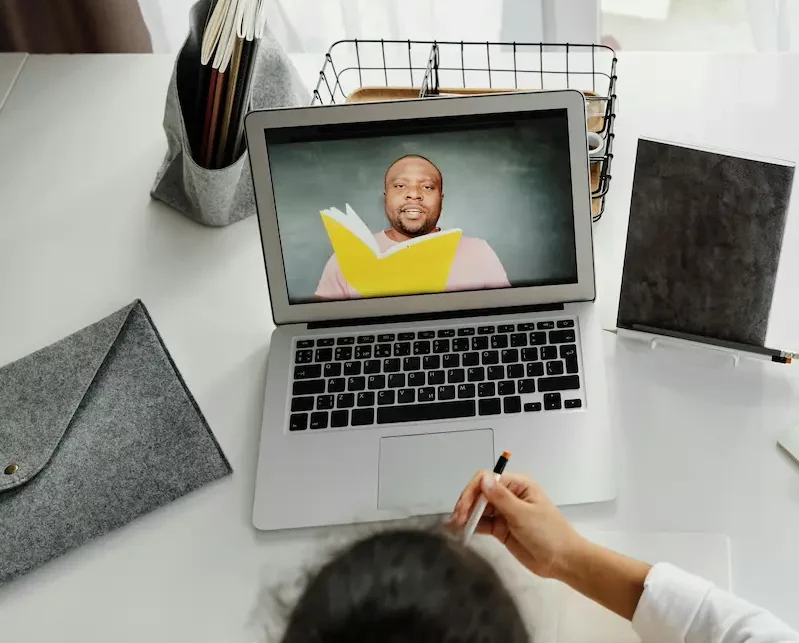
In an increasingly globalized world, the pursuit of knowledge knows no borders. However, traditional educational models have often been restricted by physical barriers, limiting access for individuals facing geographic, socioeconomic, or personal challenges. Enter remote learning – a transformative approach that is revolutionizing the way we perceive and deliver education, fostering social equity and democratizing access to knowledge on a global scale.
The impact of remote learning on educational accessibility is undeniable. According to a report by the World Economic Forum, the COVID-19 pandemic accelerated the adoption of remote learning, with an estimated 1.2 billion children across 186 countries affected by school closures. While this disruption posed significant challenges, it also highlighted the potential of remote learning to bridge gaps and reach learners in even the most remote or marginalized communities, even after the pandemic.
Remote learning has skyrocketed in popularity, especially since the COVID-19 pandemic. In 2021, around 59% of college students in the U.S. took at least some classes online, with 26% studying exclusively online. Nearly 7.5 million U.S. students take online classes at public higher education institutions. Online degree programs are also growing rapidly, especially at the graduate level. In 2020-21, primarily online colleges conferred 45,703 associate degrees, 134,088 bachelor’s degrees, 100,023 master’s degrees, and 6,734 doctorates. A study found that 60% of students preferred in-person teaching, 31% preferred remote teaching, and 9% had no preference. Senior students were more likely to prefer remote education (61%) compared to first-year (15%) and second-year (41%) students.
The global e-learning market size is expected to reach $319 billion by 2029, driven by factors like technological advancements, changing demographics, and the need for flexible and accessible education.
A study conducted by the United Nations Educational, Scientific and Cultural Organization (UNESCO) revealed that remote learning initiatives have enabled access to education for millions of individuals living in conflict-affected areas, refugee camps, and regions with limited educational infrastructure. By transcending physical barriers, these programs have provided a lifeline for those who would otherwise be deprived of educational opportunities.
Moreover, remote learning has proven to be a powerful tool for promoting social equity and inclusivity. According to the National Center for Education Statistics, in the United States, students from low-income households are less likely to have access to quality education and resources. Remote learning platforms have the potential to level the playing field by providing more equal access to high-quality educational content, regardless of socioeconomic status or geographic location.
The benefits of remote learning extend beyond geographic accessibility. For individuals with disabilities, chronic illnesses, or mobility challenges, traditional classroom settings can pose significant barriers. A study by the University of Kansas found that remote learning options have empowered these individuals to pursue their educational goals without compromising their well-being or facing discriminatory obstacles.
Furthermore, remote learning has opened doors for lifelong learners and working professionals seeking to upskill or acquire new knowledge. According to a report by the Organisation for Economic Co-operation and Development (OECD), the demand for online and remote learning programs has surged, with a growing number of individuals seeking flexible and self-paced educational opportunities to enhance their careers and personal growth.
Despite its numerous advantages, remote learning is not without its challenges. Issues such as digital divides, lack of access to technology and reliable internet connectivity, and the need for effective pedagogical approaches tailored to remote learning environments must be addressed. However, the potential for remote learning to democratize education and foster social equity is undeniable.
Governments, educational institutions, and organizations worldwide are recognizing the transformative power of remote learning. For instance, the European Union has launched initiatives like the Digital Education Action Plan, which aims to harness the potential of remote learning to promote inclusive and equitable access to education across member states.
Remote learning represents a significant shift in the educational landscape, transcending boundaries and opening doors to knowledge for individuals from all walks of life. By breaking down barriers and fostering social equity, remote learning is reshaping the way we perceive and deliver education, ultimately paving the way for a more inclusive, equitable, and knowledgeable global society.


 Raj Mehta – Financial Education Instructor
Raj Mehta – Financial Education Instructor